Asus PadFone mini 4.3 official photos
Clarification: Before the review goes on we need to clarify that the unit we are reviewing is a media unit, which is nearly same to the retail unit. So there might be some differences between the media unit and the retail unit.
Here's the specifications of the MeMO Pad HD 10:
- Dimensions: 129.27 x 65.59 x 8.68 mm (Phone)
199.86 x 119.45 x 17.7 mm (Pad)
- Weight: 105 g (Phone)
310 g (Pad)
- Display: 4.3" IPS qHD (540 x 960 pixels)
7" IPS WXGA (1280 x 800 pixels)
- Processor: 1.4 GHz quad-core Qualcomm Snapdragon 400
- RAM: 1 GB
- Memory: 16 GB, microSD card slot
- Camera: 8 MP, 1080p video recording, 1.2 MP front
- Battery: 1,500 mAh (Phone)
2,200 mAh (Pad)
- OS: Android 4.3 Jelly Bean
Video Review
Design
Let's just put the PadFone station aside and focus on the smartphone. The smartphone has a boxy design and it looks like Apple iPhone 5C, though its build material is more on rubberized.
It has a 4.3" display which means one-handed operation is not a problem. Sitting on top the display is a front-facing camera and the earpiece. Below the display it has three capacitive buttons - back, home and recent apps.
The power button and volume rocker are at the right side while the microUSB port is at the left side.
On top the device it has a 3.5 mm jack and the port to connect the PadFone Station is at the bottom alongside with the microphone.
At the back it has an 8 MP camera with LED flash and below them there's a speaker.
Display
Although the PadFone mini 4.3 is the smallest edition in its family, but it sports a 4.3" IPS display with qHD (540 x 960 pixels) resolution, which is similar to the first generation PadFone.
Just as usual IPS display doesn't disappoint us with good viewing angle and above average contrast.
Performance
Unlike most of the Asus devices, the PadFone mini 4.3 is powered by 1.4 GHz quad-core Qualcomm Snapdragon 400 processor with 1 GB of RAM. The mid-range chipset is able to handle high graphic games well though stutter will happen on it.
The device scores 9,013 on Quadrant Standard and 20,319 on AnTuTu benchmark, which is good enough for a mid-range device.
Feature: PadFone Station
And so, let's move to the main selling point of the device. The PadFone mini 4.3 has a PadFone station, which transfers your small screen smartphone to a big screen tablet.
The PadFone station packs a 7" IPS display with resolution of 1280 x 800. It has an additional 2,200 mAh battery.
Users can decide to choose 3 different charging modes in the PadFone settings. It's a good idea as users can switch to bigger screen for enjoying movies or playing games by putting the phone to the dock then it will connect to the PadFone station. The PadFone station can function as a power bank to charge the smartphone.
Camera
The PadFone mini 4.3 has a regular 8 MP camera with LED flash. The image looks cold in bright day light and not much detail being captured as the colour has washed out. Shooting it with HDR mode has better result but the noise level has increased.
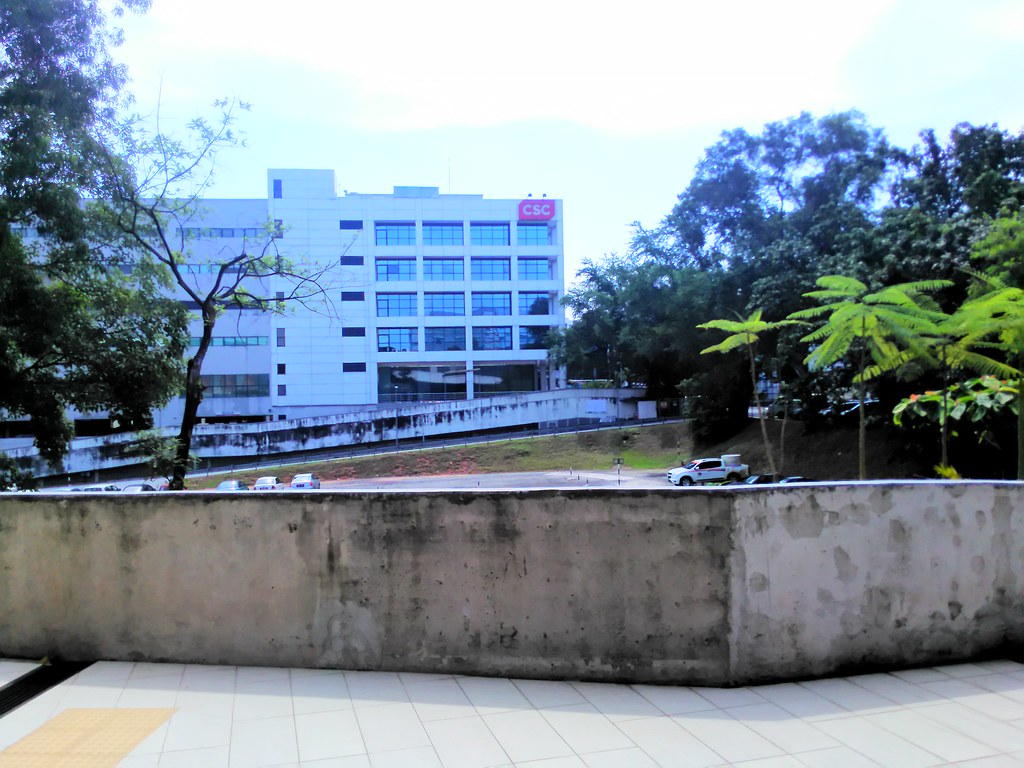

Outdoor in normal mode (left) and HDR mode (right)
Indoor shoots may not be the best for it as the colour fringing is noticeable and the lens flare did spoil the image quality.
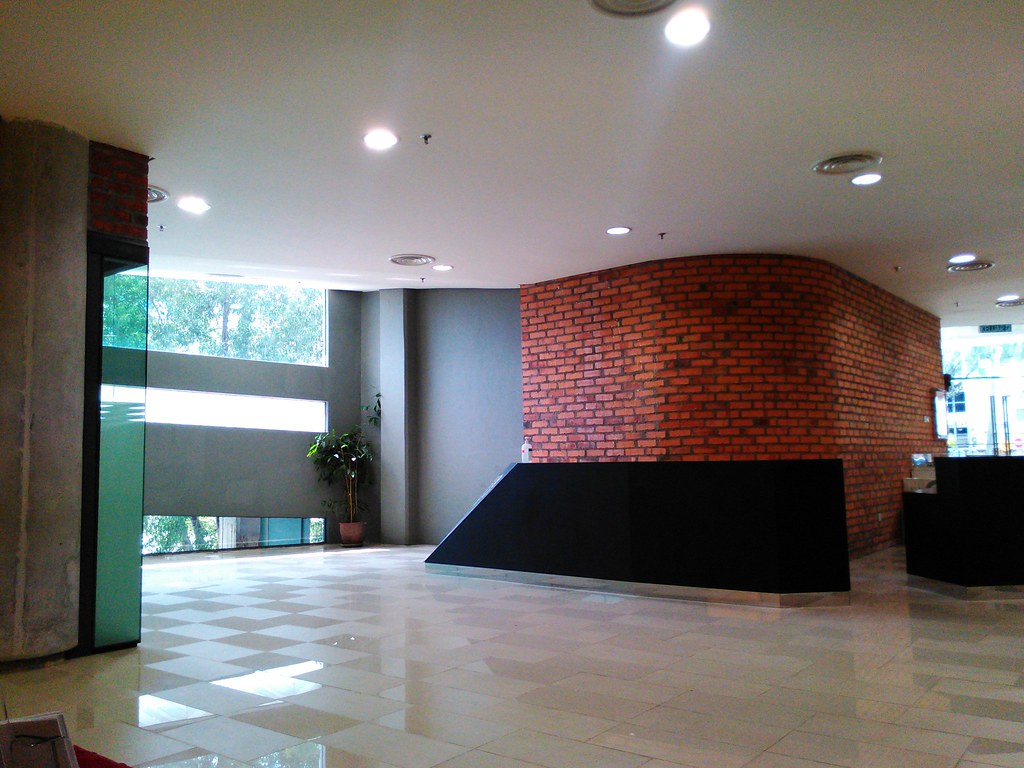
The device did a great job in macro shoots, it is able to produce a sharp image but not the sharpest on an 8 MP camera.


It seems that Asus really focusing on low-light capability. The PadFone mini 4.3 comes with two modes for low-light shooting. The regular night mode is able to shoot 8 MP photos but the Hi-light mode is only able to shoot 2 MP photos.
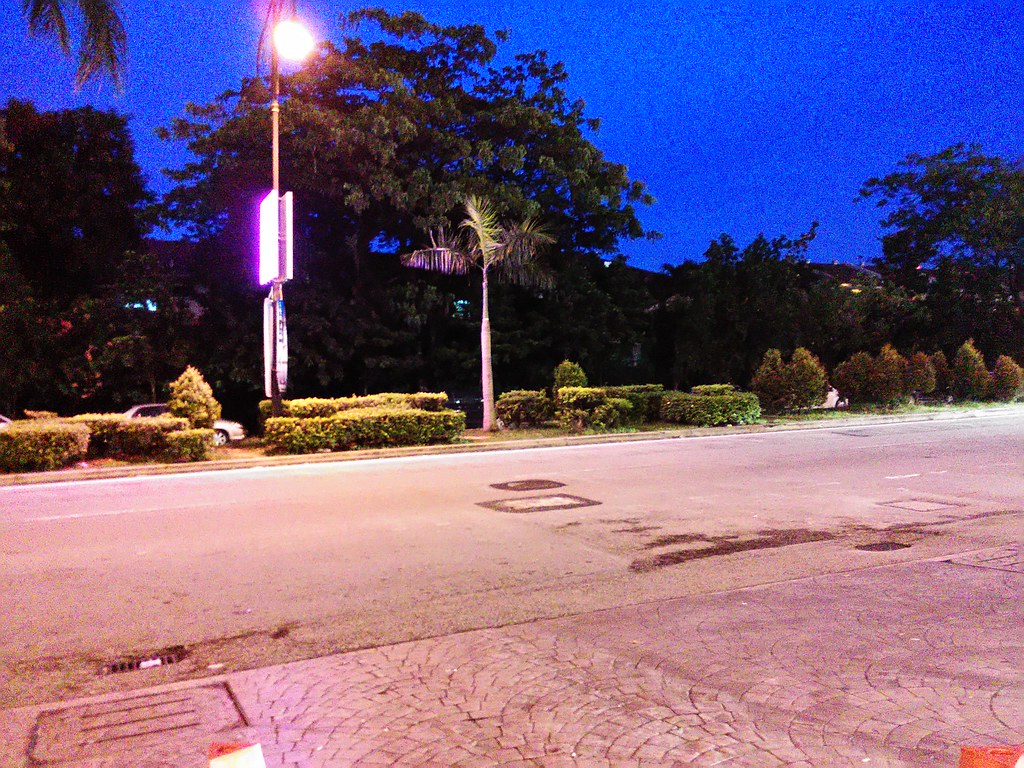
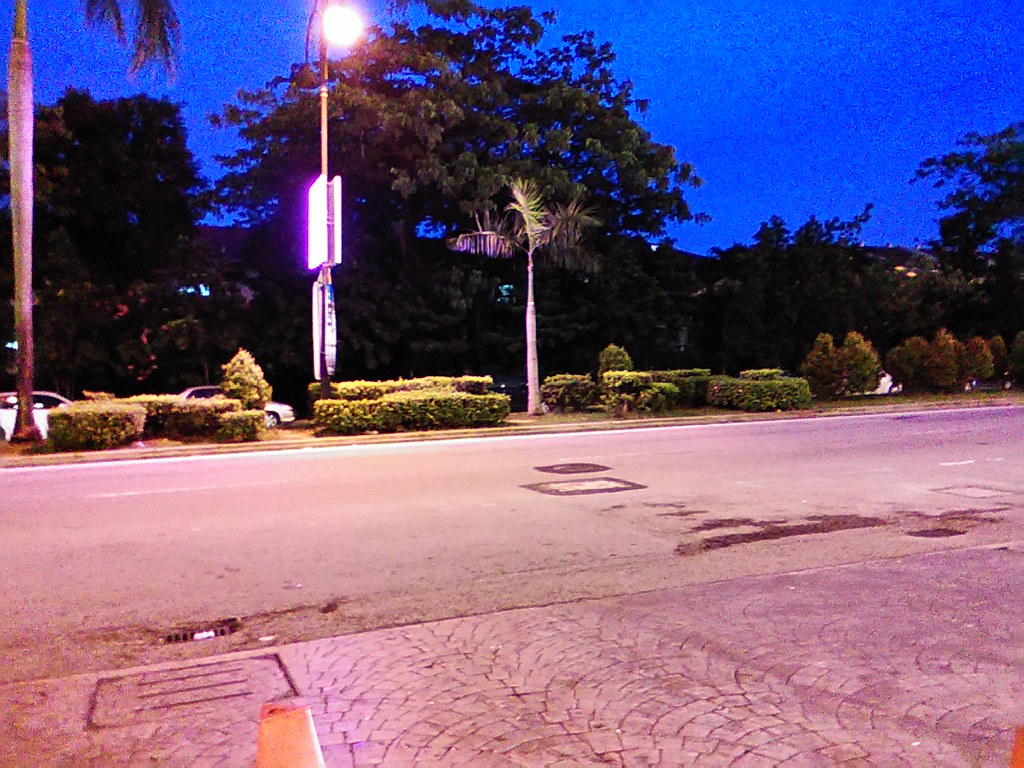
Night mode (left) and Hi-light mode (right)
We did test to shoot a photo in normal mode and Hi-light mode with nearly no light condition. At the end it shows that the Hi-light mode is able to capture more lights and details though colour fringing can clearly see in the photo.
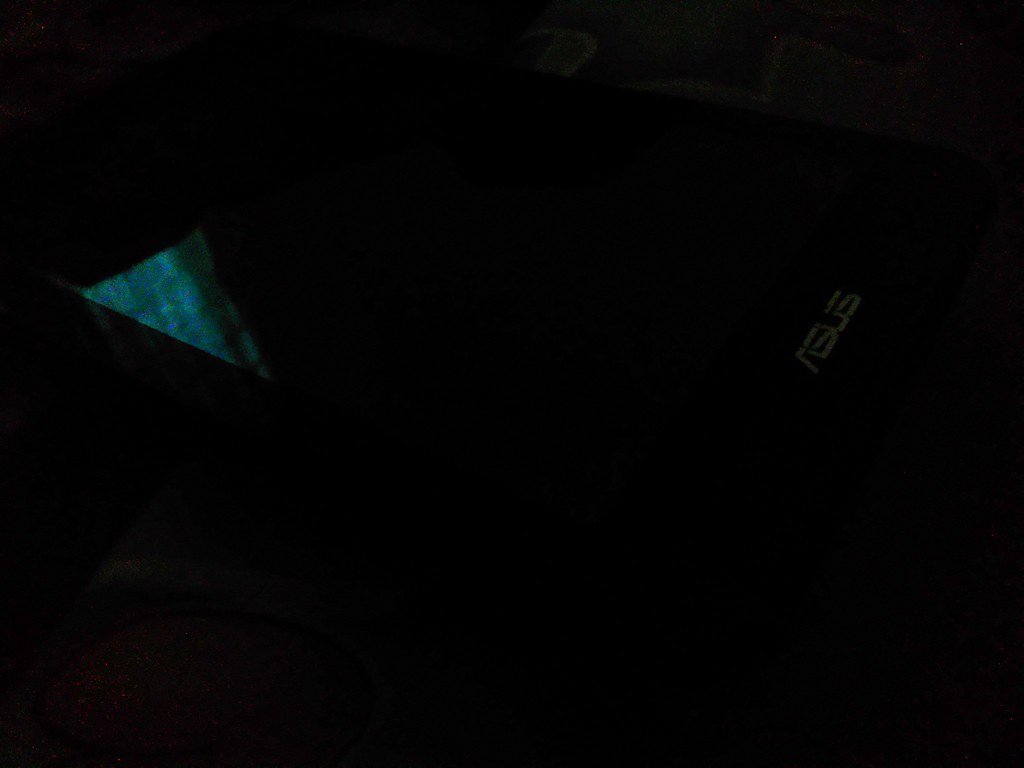
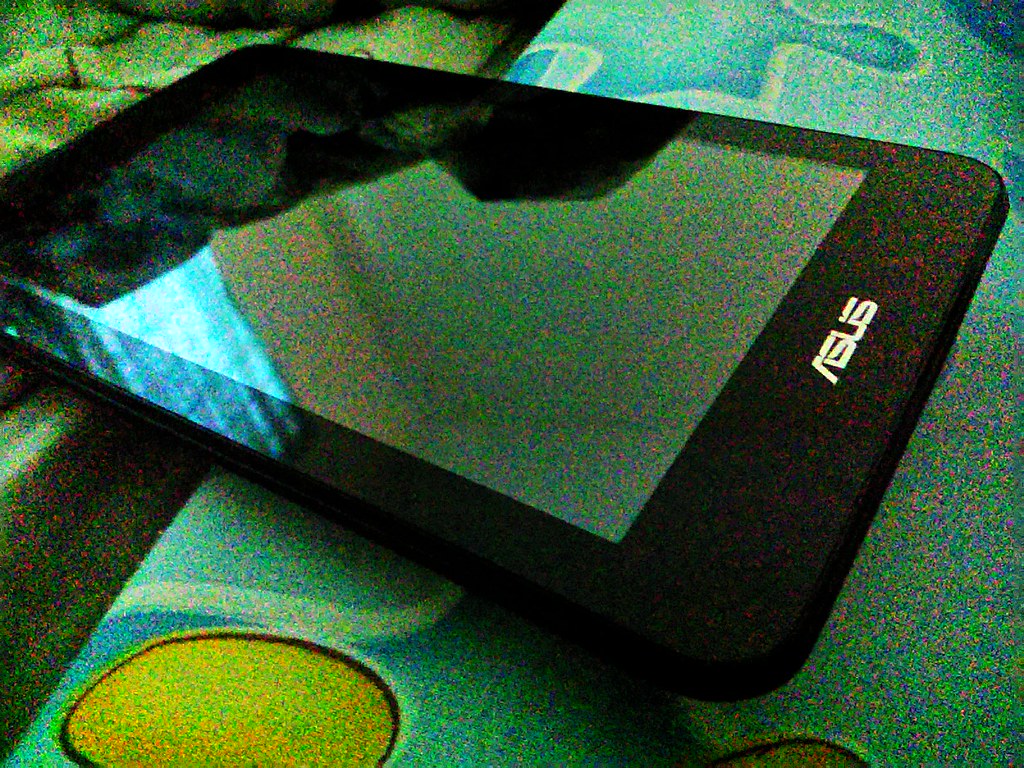
Normal mode (left) and Hi-light mode (right)
Battery
The PadFone mini 4.3 packs a 1,500 mAh removable battery. Based on our test, it is able to last for nearly 6 hours in heavy usage, this including playing Asphalt 8 and surfing the web for a few hours. For moderate usage, it is able to last for around 19 hours.
Final word
The PadFone mini 4.3 is priced at RM 1,249 with black, white and pink colour options. For this pricing getting a HTC Desire 816 (RM 1,199) or Sony Xperia T2 Ultra (RM 1,299) is a better options.
HTC Desire 816 (left) and Sony Xperia T2 Ultra (right)
However one thing we really like about the PadFone mini 4.3 is you get to choose whether you want to enjoying movies in big screen or texting with someone in small screen.
Asus has once again brought convenient to consumers as the PadFone mini 4.3 has the functionality of smartphone and tablet, or maybe a phablet.
Pros
- Dynamic display
- Impressive low-light quality
Cons
- Buggy interface
- Unimpressive indoor quality















Post a Comment